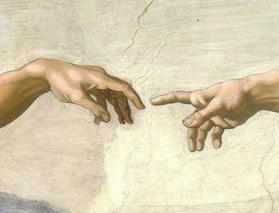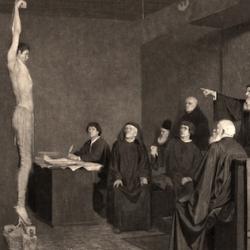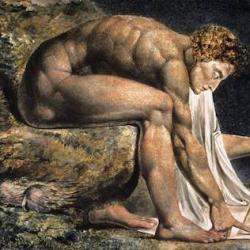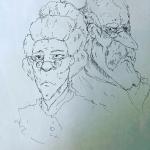We think science is objective. But scientific objectivity has a history, and is a fairly recent arrival as a scientific aspiration. Lorraine Daston and Peter Galison observe in Objectivity (17), “Objectivity has not always define science. Nor is objectivity the same as truth or certainty, and it is younger than both. Objectivity preserves the artifact or variation that would have been erased in the name of truth; it scruples to filter out the noise that undermines certainty. To be objective is to aspire to knowledge that bears no trace of the knower – knowledge unmarked by prejudice or skill, fantasy or judgment, wishing or striving. Objectivity is blind sight, the ‘objective view’ that embraces accidents and asymmetries.”
The terminology of objective/subjective is late medieval, but in late medieval vocabulary, and as far as the eighteenth century, the terms mean nearly the opposite of what we mean. An eighteenth-century dictionary says that something exists objective “when it exists no otherwise than in being known, or in being an Object of the Mind” (quoted, 29).
Image-making, Daston and Galison argue, is at the center of the construction of objectivity as a scientific aim: “Making pictures is not the only practice that has served scientific objectivity . . . . but none is as old and ubiquitous as image making” (17). Their study focuses on scientific atlases because “atlases set standards for how phenomena are to be seen and depicted. Scientific atlas images are images at work, and they have been at work for centuries in all the sciences of the eye, from anatomy to physics, from meteorology to embryology” (19).















